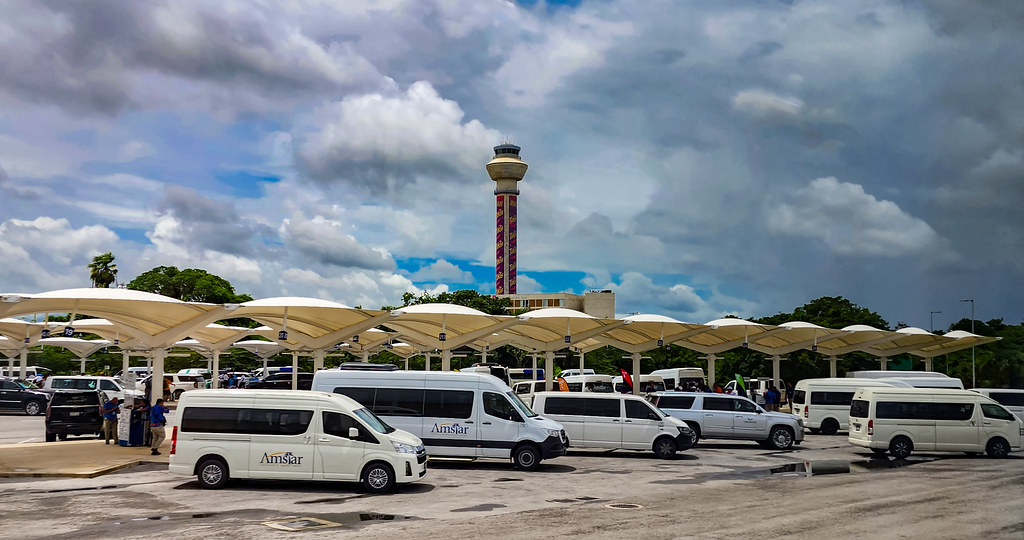
Tesla has made a bold move by unveiling a comprehensive roadmap for its Full Self-Driving (FSD) updates, a rare but exciting initiative from the company. Under the innovative leadership of Elon Musk, Tesla is not only advancing electric vehicles but also transforming the future of transportation through cutting-edge artificial intelligence. This roadmap, shared via multiple posts on X and official channels, highlights Tesla’s ambitious goals to enhance its FSD capabilities and broaden its international outreach.
According to the roadmap, the launch of FSD version 12.5.2 is scheduled for September 2024 and promises astonishing advancements in autonomous driving technology. This update aims to significantly increase the distance driven without requiring human intervention, marking a major leap in the reliability and performance of AI. Notable features will include AI3 computer support for seamless compatibility across Tesla’s hardware and new functionalities such as ‘Actually Smart Summon’ and ‘Cybertruck Autopark’, which are set to enhance vehicle maneuverability and enrich the user experience.
Looking ahead to Q1 2025, Tesla plans to roll out FSD capabilities in Europe and China, pending regulatory approval. This expansion signifies Tesla’s confidence in its technology and its readiness to tackle the complexities of different regulatory environments and road conditions globally. The implications of this move are vast, as it positions Tesla at the forefront of autonomous driving technology, potentially giving it an edge over competitors like Waymo, which faces hardware scaling issues.

The roadmap also highlights the potential for market expansion and new revenue streams. The planned rollout of FSD in new markets could significantly broaden Tesla’s customer base. Moreover, the possibility of licensing FSD technology, as hinted at by Musk, could transform Tesla from merely an electric vehicle manufacturer into a tech company that licenses its AI solutions.
Challenges ahead
Despite its ambitious goals, Tesla faces several hurdles on its journey. The company must navigate a complicated landscape of international regulations, each with distinct standards regarding safety, data privacy, and operational permissions. Additionally, public skepticism and safety concerns related to FSD incidents may jeopardize trust in the technology, necessitating Tesla to continually reinforce safety protocols and maintain transparency to win over users and regulators alike.
The potential economic and environmental effects of widespread FSD adoption could be significant. If successful, it could lead to a decrease in human-driven vehicles, possibly resulting in lower accident rates, reduced fuel consumption, and a smaller environmental footprint from transportation. However, this transition also brings forward serious concerns regarding job displacement in traditional driving roles, an issue that demands careful consideration and planning.

Culturally, the rollout of robotaxis and the rise of autonomous driving could transform our views on car ownership, urban planning, and mobility. This transformation may hasten the shift toward a service-based transportation model, where owning a vehicle becomes a less pressing need. As Tesla forges ahead with its plans, the world remains captivated, eager to witness how these developments will reshape our everyday lives and the automotive sector.
In October 2024, Tesla plans to unveil FSD version 13, promising an incredible sixfold improvement in the distance driven before requiring human intervention. This groundbreaking update is anticipated to deliver substantial architectural advancements, boosting both functionality and user experience. Excitement is building around these updates as Tesla continues to lead the way in autonomous driving technology.
As we look to the future, Tesla’s AI roadmap paints a picture of a company that is not just responding to the demands of the market but is actively shaping the future of transportation. The implications of these advancements are vast, touching on technology, economy, society, and regulation. With each step forward, Tesla challenges us to adapt to a new era of mobility, one where AI-driven vehicles could become the norm.

What are your thoughts on Tesla’s ambitious roadmap? Are the timelines realistic, and will FSD version 13 indeed release in October? Share your insights and join the conversation as we navigate this exciting journey into the future of transportation together.
Keep your eyes peeled for more updates as Tesla unveils its groundbreaking plans and innovations in the realm of autonomous driving. The journey ahead is brimming with potential, and we are just at the beginning of this exciting evolution!
Related posts:
Tesla’s AI Road Map Has Released – Showing FSD Version 13 In One Month and China and Europe Getting FSD: This Has Huge Implications
Tesla Announces FSD Roadmap With Dates: Reverse Capability, HW3, FSD in Europe, Banish Autopark, FSD V13
Tesla AI team publishes release roadmap for FSD features, global rollout




